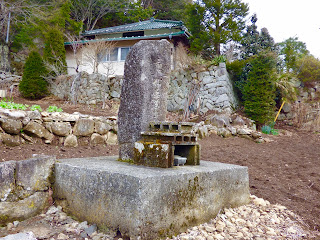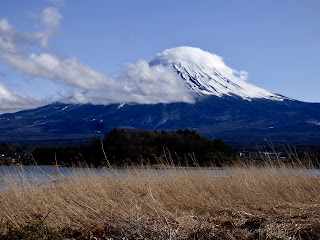Hakone, Japan
April 7-9
Hakone, a town in the mountains whose area stretches across the collapsed remains of a volcano, active until 3,000-4,000 years ago, was our location for the next couple of days. Hot springs and steam vents bring visitors to this area, a popular resort since the 9th century. Our stay was marked with several memorable stops. Spending some time in the remote village of Ashigawa, we made hoto (flat) noodles and had a delightful visit with three of the local women who had prepared the rest of our lunch. Then there was the visit to the Hakone Open-Air Museum with its 100 works of sculpture set in 70,000 square meters of green area…an oasis of calm and a testament to the creativity of sculpture.
Without a doubt, the highlight of this brief stay was Mt. Fuji, a symbol of Japan reaching to 12,390 feet at its highest peak. With upper slopes covered by loose volcanic ash, Mt. Fuji first erupted somewhere between 8,000 and 10,000 years ago, but has been dormant since 1707. Once considered a site so sacred that only priests were allowed to climb it, it wasn’t until 1872 that women were allowed on its paths. We first spotted the mountain from the bus and our driver made a special stop; seeing Mt. Fuji is never certain, no matter the time, day, or season one hopes for a glimpse. Its cone seemed to float above the hilltops and thick white clouds moved slowly across, covering the mountain by the time we left. Majestic Mt. Fuji did not disappoint.













No comments:
Post a Comment